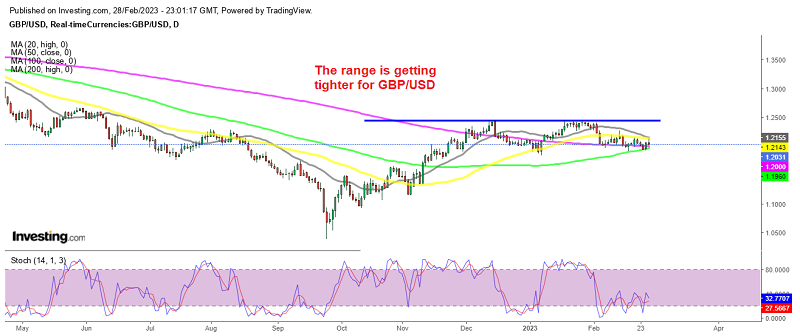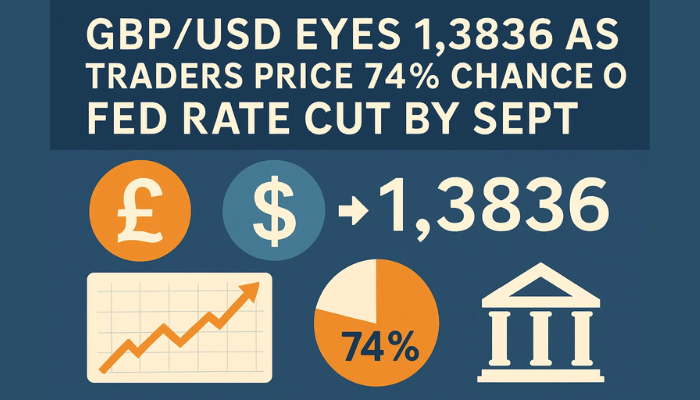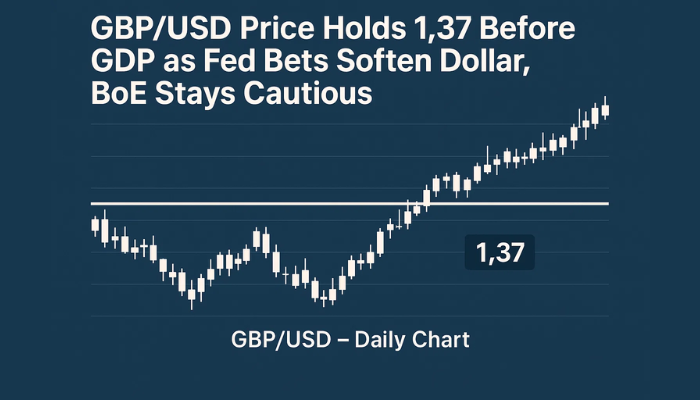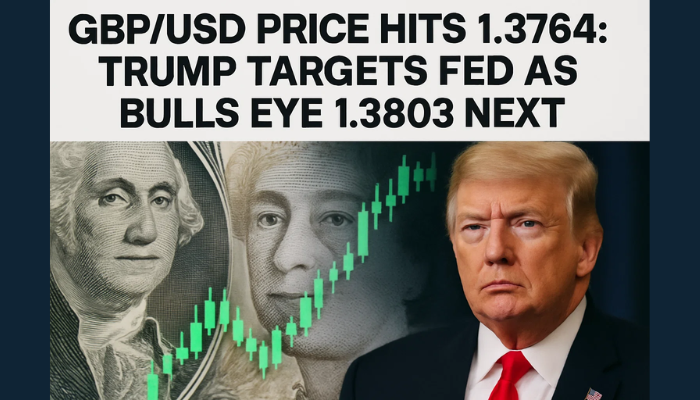Bearish Signs in GBP/USD, As It Makes Lower Highs
GBP/USD failed at the 50 daily SMA yesterday, making lower highs, which is a strong bearish signal

On Tuesday, GBP/USD made significant gains, continuing on Monday’s footsteps, thanks to an agreement between Britain and the EU over Northern Ireland. Although most of the advance has been attributed to the USD retreat as durable goods orders posted a major decline in January, while yesterday the CB consumer sentiment showed a softening.
The EU-UK agreement aims to address import-export issues and border checks, ensuring that Northern Ireland receives the same treatment as the rest of the UK. This agreement, known as the “Windsor Framework,” is a modification of the original Northern Ireland Protocol.
As a result of this announcement, GBP/USD climbed to 1.2143 from 1.1925 earlier this week, and the cost of insuring British government debt against default also fell to its lowest level since early February, reflecting greater investor confidence. However, analysts predict that the positive impact of these new post-Brexit rules on the GBP will likely be short-lived, given the economic outlook.
Earlier today we saw the UK manufacturing report for January which showed that activity in this sector remains in contraction. technically this pair is giving bearish signals, as the highs are getting lower since late January, nad yesterday the 50 SMA (yellow) rejected the price. So, the bearish signs are increasing as MAs turn into resistance. Below are the manufacturing figures:
GBP/USD Live Chart
- Check out our free forex signals
- Follow the top economic events on FX Leaders economic calendar
- Trade better, discover more Forex Trading Strategies
- Open a FREE Trading Account


